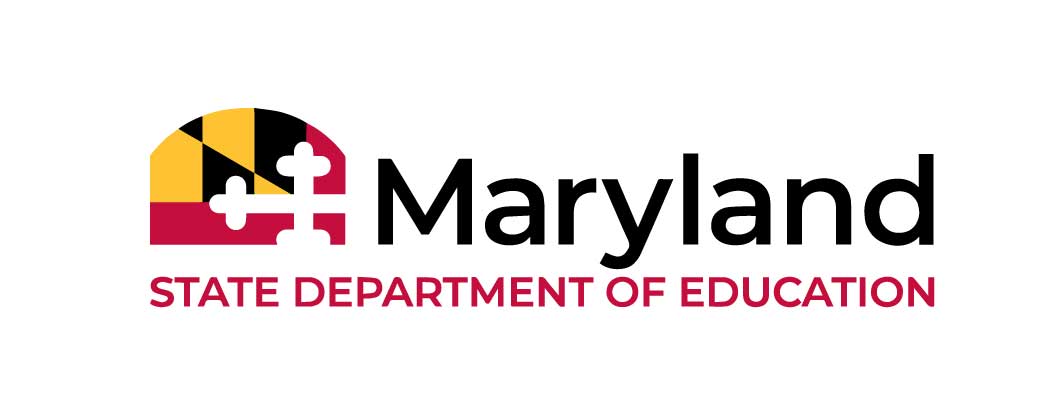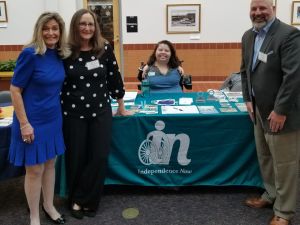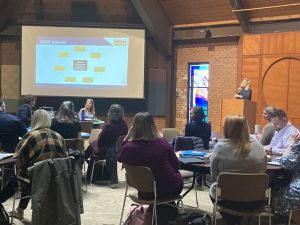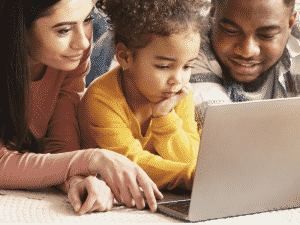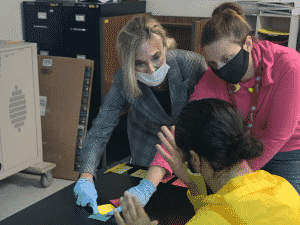Continuity of Learning Using Assistive Technology: Alex’s Success Story
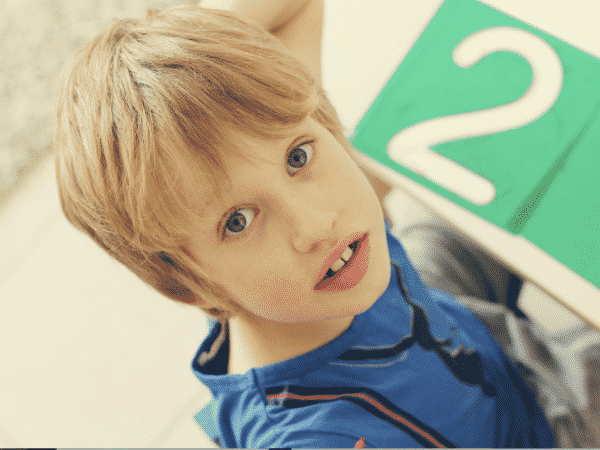
Alex Begins Exploring Language
In 2018, Alex was introduced to Snap+ Core First on his iPad and hasn’t stopped expanding his communication since. Alex is a 6-year-old with autism, who has been using his device to communicate everything from greeting others, sharing about how he feels and choosing what he wants to eat for lunch! Alex was introduced to his collaborative IEP team as an incoming pre-kindergartener at his local elementary school. Alex is a curious, loving, and socially aware student who strives to use his communication skills to be more independent.
A Collaborative Team Approach
Alex’s collaborative team took a very different approach to expanding Alex’s communication by applying teaming techniques to accelerate Alex’s progress. Collaborative teaming ensures that ordinary life should include value and dignity, a presumed competence, a membership in general education and reciprocal social relationships that include notions such as “I count,” “I belong,” and “I have friends.” Furthermore, participation in general education instruction includes both academic and non-academic areas such as social interactions and life skills. The team, along with Alex’s family, believed that assistive technology (AT) and augmentative and alternative communication (AAC) provides students with a voice and a way to access the curriculum, but this is only successful when incorporated into the student’s daily routines at school, home and in the community. Alex’s team made the thoughtful decision and concerted effort to include all stakeholders, such as administration, cafeteria employees, classroom teachers, special educators, special area teachers, peers and especially the family, in implementing AAC into daily use to promote generalization.
Journey to Communication
The journey to communication for Alex began by creating a game plan. Since each member of Alex’s collaborative team had a unique role, the team began by identifying and understanding their role, utilizing strategies to support AAC in learning opportunities across all environments and providing tools to support buy-in and carryover at home. There needed to be a shared responsibility, with clearly defined roles between several stakeholders, including student, family, teacher, paraeducator, speech language therapist, occupational and physical therapist, and administration.
- Alex’s responsibility and goal were to use his AAC to communicate with others for both academic and non-academic activities and take ownership of the device which meant that he needed to carry the device to different environments throughout the school and home.
- The family’s responsibility was also clearly defined, which was to model and incorporate AAC use in family routines, collaborate with the IEP team, ensure that the device is charged and ready to use, and encourage socialization in the community with the device.
Communicating Across Environments
To promote a continuity of learning in all environments and across all skills, the IEP identified areas of active participation for Alex at both home and school and shared those goals with the entire IEP team. At school, Alex’s responsibility was to have access to the communication board, use his AAC device in small group settings, share ideas with others, and utilize the device in non-academic routines such as transition, lunch and recess. Furthermore, the team wanted to create opportunities that would support modeling and AAC use into daily routines to promote carryover. This was an important strategy that was to support the generalization in skills as Alex utilized his AAC device in several activities, including morning greeting and circle, the Pledge of Allegiance, describing items and feelings, breakfast and lunch choice, games as recess and classroom choice centers. The team was happy to report that Alex spontaneously started using this AAC device to participate in classroom activities. After a few weeks using his iPad, Alex was able to find unfamiliar words on his device and taught himself to sequence words together. For instance, one day during his speech session, the SLP was asking him to label nouns from a book they were reading together. The SLP skipped over the more abstract words and items. However, Alex quickly corrected her, and indicated to go back to the previous picture and page. Using his iPad Alex independently labeled “excavator”, navigating through multiple pages of his iPad independently.
At home, Alex was encouraged to use his AAC device to indicate preferred activities, basic wants and needs, academic activities, social interactions, and overall function. According to Alex’s mom, his iPad with Snap + CoreFirst has allowed him to really express himself, his likes, his dislikes and more, such as when requesting more of a specific food (i.e. lollipops), or asking her to change the channel or video on the television. Although his parents often know what he wants through his gestures, they encourage Alex to “use his words” and “tell” them utilizing his iPad.
Successful Communication During Distance Learning
During this time of distance learning, Alex continues to use his device to communicate as he and his family successfully access the curriculum, work on his IEP goals and incorporate his device into daily routines at home. With the support of family members, Alex can access his schoolwork through the online platform of Google classroom and Blackboard Collaborate. Alex is supported at home using teletherapy with Blackboard Collaborate in a co-treatment session with his speech language pathologist, occupational therapist, and his mom. This once a week/30-minute session works on three components of greeting others, sharing about how you feel and utilizing the vocabulary folder on his device to expand his communication exchanges. The time is also used to target IEP goals, identify what is going on and discuss how we get there. This newly formed collaborative team seems to work well, and his speech therapist comments that she feels even more connected to Alex and his family. The collaborative strategies that the team initiated early on and carried throughout the year has made the transition to distance learning easier. On days when Alex might be frustrated or non-compliant, the therapists use this time wisely to discuss integration strategies with Alex’s mom and answer any questions or concerns she might have. The family has played a crucial role in the success of this new learning environment and continues to push forward to focus on Alex’ IEP goals, encourage communication throughout the day and incorporate strategies that lead to greater independence. The biggest success was noted by his speech therapist, Hannah, who said that “Alex’s biggest success hasn’t been the lack of regression with communication skills; it is that he is generalizing his skills. He is not just doing it in his classroom with his teacher or paraprofessional, he is doing it at home. He is developing literacy and communication skills.” Alex is an amazing young boy who has so much to share with the world. He and his family, along with his collaborative team, are ensuring that ordinary life should include value and dignity where “I count,” “I belong,” and “I have friends” is now a reality.
